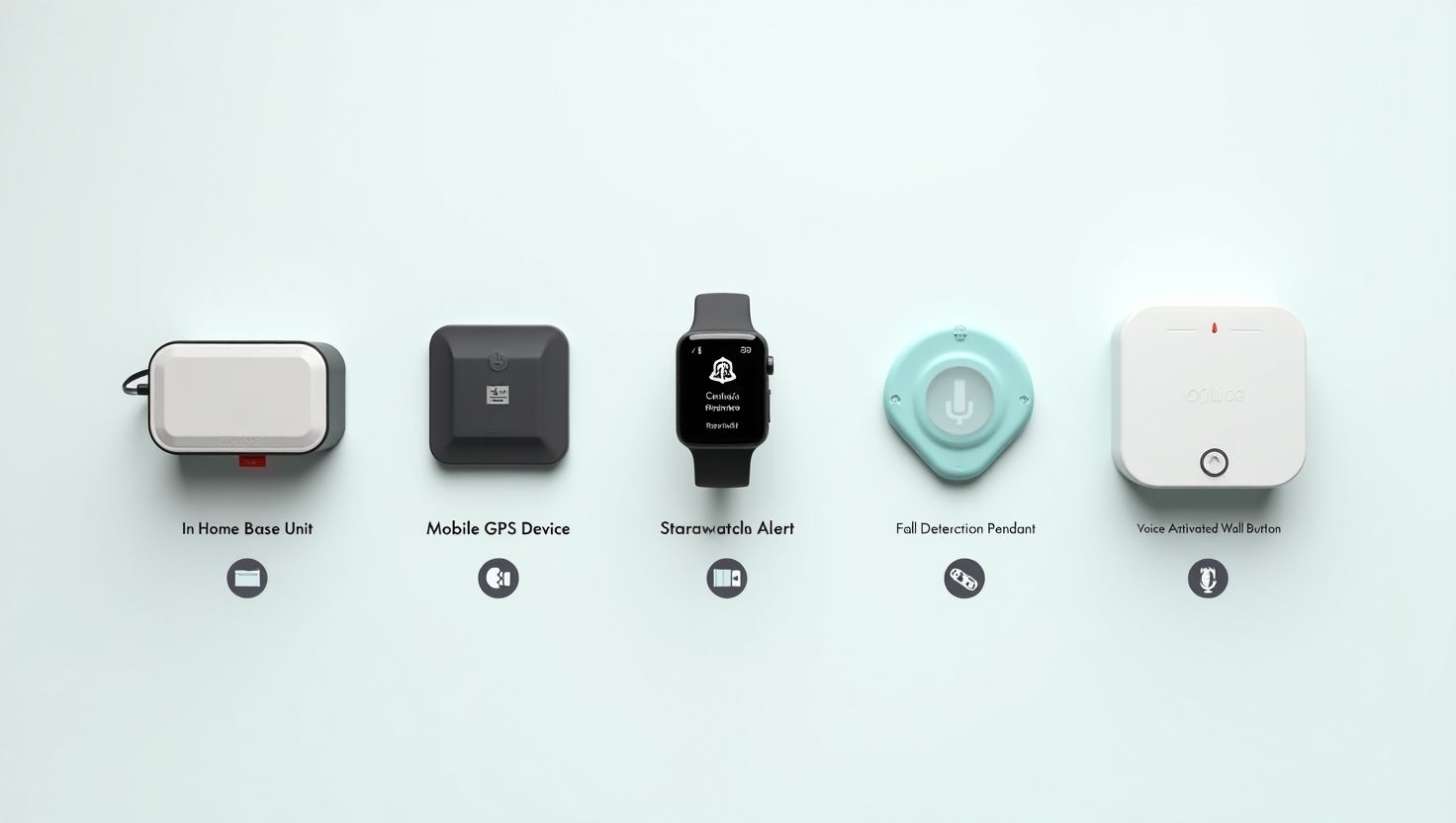Understanding Medicaid
A Comprehensive Guide

Medicaid is a vital program in the United States, offering healthcare coverage to millions of low-income individuals and families. Despite its significance, understanding Medicaid can be challenging. This guide aims to clarify what Medicaid is, how it operates, and the benefits it provides.
What is Medicaid?
Medicaid is a joint federal and state program established in 1965 to provide healthcare coverage to eligible low-income individuals and families. It serves as a safety net for those who cannot afford private health insurance. Each state administers its own Medicaid program within federal guidelines, leading to variations in benefits and eligibility requirements across the country.
Eligibility for Medicaid
Eligibility for Medicaid depends on factors such as income, household size, disability status, age, and pregnancy status. The Affordable Care Act (ACA) expanded eligibility in many states to include individuals and families with incomes up to 138% of the federal poverty level (FPL). However, not all states have adopted this expansion, resulting in different eligibility criteria nationwide.
Key Eligibility Groups
- Low-Income Families and Individuals: Includes parents, children, and pregnant women meeting specific income criteria, which vary by state.
- Elderly Individuals: Seniors aged 65 and older may qualify if they meet income and asset limits. Medicaid can cover costs not paid by Medicare, such as long-term care services.
- Disabled Individuals: Those receiving Supplemental Security Income (SSI) are often automatically eligible. Others may qualify through different disability-related pathways.
- Children: Medicaid and the Children’s Health Insurance Program (CHIP) provide coverage for millions of low-income children, ensuring they receive necessary healthcare services.
- Pregnant Women: Low-income pregnant women are eligible for Medicaid, covering prenatal care, labor, delivery, and postpartum care.
Benefits of Medicaid
Medicaid offers a wide range of benefits, including mandatory services that all states must provide and optional services that states can choose to offer.
Mandatory Benefits
- Hospital Services: Inpatient and outpatient hospital care.
- Physician Services: Visits to doctors and specialists for preventive care, diagnosis, and treatment.
- Laboratory and X-Ray Services: Diagnostic tests and imaging services.
- Nursing Facility Services: Long-term care in nursing homes for individuals aged 21 and older.
- Home Health Services: Coverage for home health care, including nursing and medical supplies.
- Early and Periodic Screening, Diagnostic, and Treatment (EPSDT): Comprehensive benefits for children under 21.
- Family Planning Services: Coverage for reproductive health services.
- Rural Health Clinic Services: Primary care services at rural health clinics.
- Federally Qualified Health Center Services: Primary and preventive care in underserved areas.
Optional Benefits
States can offer additional benefits such as:
- Prescription Drugs: While optional, all states provide this coverage.
- Dental Services: Preventive and emergency dental care for adults.
- Vision Services: Eye exams and eyeglasses.
- Physical Therapy and Rehabilitative Services: Support for recovery from injuries or chronic conditions.
- Personal Care Services: Assistance with daily activities for those with disabilities or chronic illnesses.
Importance of Medicaid
Medicaid plays a crucial role in the U.S. healthcare system by:
- Ensuring Access to Healthcare: Provides essential healthcare services to low-income individuals and families, maintaining overall health and well-being.
- Offering Financial Protection: Covers healthcare costs, reducing out-of-pocket expenses and preventing medical debt.
- Supporting Vulnerable Populations: Serves children, elderly individuals, and people with disabilities, helping them lead healthier and more independent lives.
- Contributing to the Economy: Reduces the financial burden on hospitals and healthcare providers and supports jobs in the healthcare sector.
Common Misconceptions About Medicaid
- Misconception: Medicaid is the same as Medicare. Fact: Medicaid is for low-income individuals, while Medicare is for those aged 65 and older, regardless of income.
- Misconception: Medicaid only covers basic healthcare services. Fact: Medicaid provides comprehensive coverage, including optional benefits like prescription drugs and dental care.
- Misconception: Medicaid is only for unemployed individuals. Fact: Many beneficiaries are employed but earn low wages, making it difficult to afford private health insurance.
How to Apply for Medicaid
Applying for Medicaid involves several steps, and the process varies by state:
- Determine Eligibility: Check your state’s Medicaid website or contact a local office.
- Gather Required Documents: Prepare proof of income, residency, and other relevant information.
- Complete the Application: Applications can be completed online, by mail, or in person.
- Submit the Application: Follow the instructions and keep copies of everything you submit.
- Wait for a Decision: The state Medicaid office will review your application and notify you of their decision.
Conclusion
Medicaid is an essential program that provides crucial healthcare coverage to millions of low-income individuals and families. Understanding Medicaid’s basics, including eligibility, benefits, and the application process, is key to accessing the healthcare services you need. Vanderbilt Senior Services is here to help you navigate Medicaid and make informed decisions about your health and well-being. If you have any questions or need assistance, please reach out to our team.










